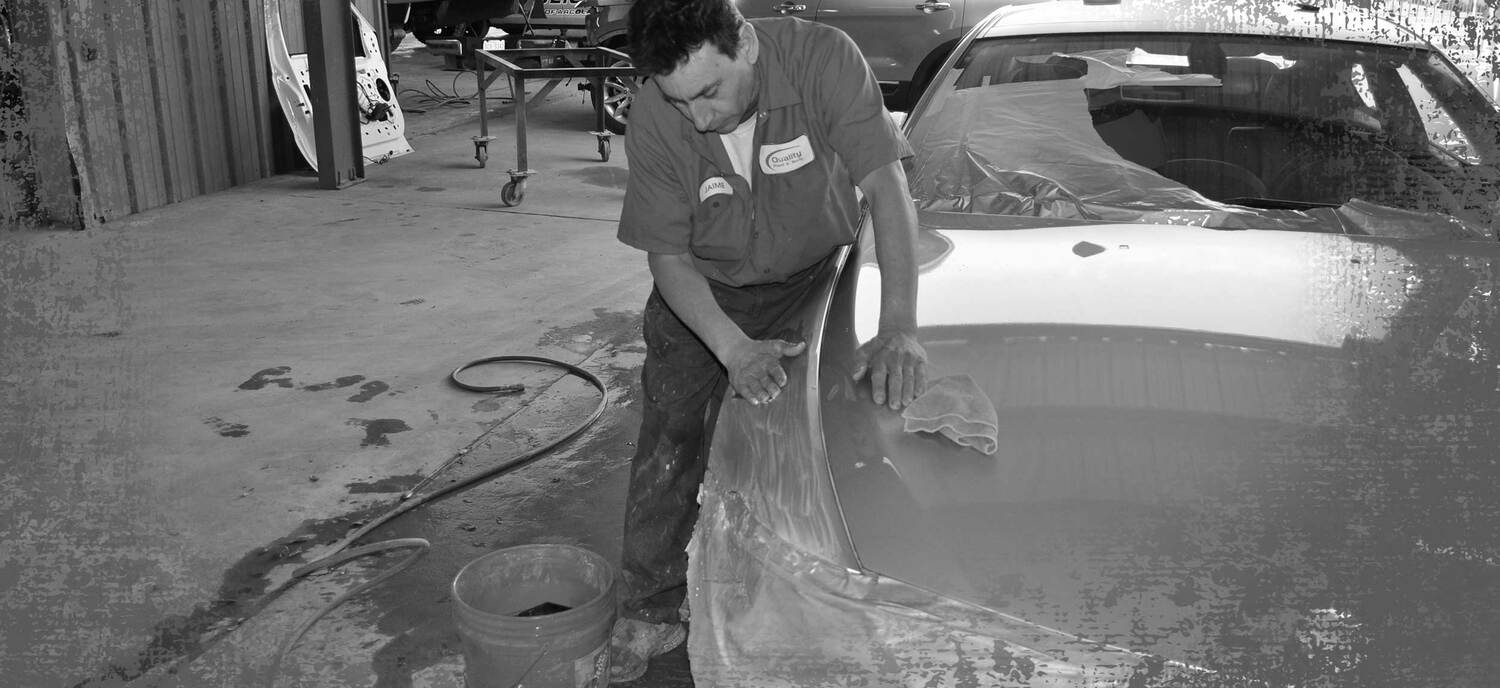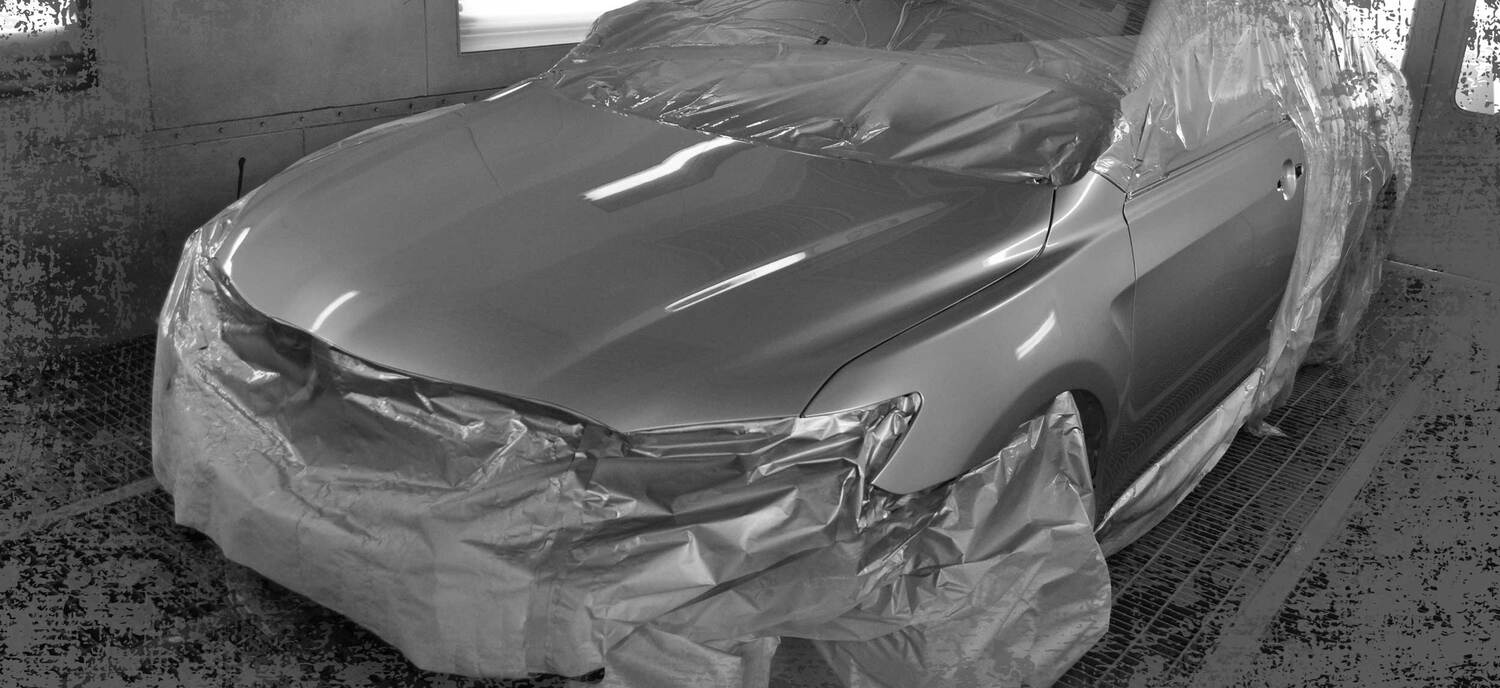The DRP (Direct Repair Program) Concept is Flawed
The major problem with DRPs is that the participating shops are most often bound by contract to two parties, each with ideals and goals that oppose the other. DRP shops contract with the vehicle owner to repair the vehicle at whatever level of quality that was agreed upon. Consumers typically want repairs that restore their cars to pre-loss condition. It is safe to conclude, most consumers are of the mindset that when an insurance company is picking up the tab, the consideration for high quality workmanship comes first, certainly long before any consideration of price or down time.
On the other hand, DRP shops are bound by contract to insurers who, by and large, are tight fisted to the point of stingy. After all, insurance companies are profit driven companies, so in an effort to maximize profits, they want to pay out as little money as possible to settle claims. To be considered by an insurer for a DRP deal, shops must usually promise to produce repairs of high quality that restores cars to their pre-loss condition, but, there's a catch. They must also agree to provide the insurer a discount from the posted labor rate. This is generally one of the top requirements of the DRP program. Certainly, you don't have to be a rocket scientist to understand that taking money away from shop's bottom line limits their ability to do their best work for consumers.
For example: In an effort to secure a DRP deal with the insurance company, a shop agrees to cut four to six dollars or more per hour off of the labor rates. Because technicians often get paid a percentage of labor, they too take a cut when working on cars steered to the shop by an insurance partner. Often technicians rush these cars through the repair process in order to move on to better paying jobs, and as you might guess, the quality level on hurried jobs usually plummets. The heavy use of salvage and aftermarket parts also limits the ability of DRPs to do superior work. Insurers' monitor the percentage of alternative parts DRP shops use. Alternative parts usage must hold steady above an agreed upon percentage threshold in order to continue partnering with an insurer.
It's All About Saving Money
If concern for the well-being of shops and the free enterprise system is not enough to convince a person to shun the DRP, consider some tactics that allow gain for the insurer at the consumers' expense. Take a deep breath because this is sure to upset you! For example, at least one particular company's DRP contract encourages its partnering shops to dupe consumers by overlooking minor damage that is not blatantly obvious to vehicle owners. Likewise, during times when damage IS noticeable to claimants, DRP shop personnel that want to befriend insurers work hard to convince their customers to forego some necessary and costly repair or replacement procedures in exchange for an appearance allowance. An appearance allowance is a small, token amount of money to be given directly to the claimant as opposed to a larger amount of money spent on a repair that he/she would otherwise be entitled to. Insurers love the savings and prefer to work with shops that have no problem pushing unscrupulous practices such as these.
DRP Networks Built on Fraud and Deception
It is my opinion that the entire DRP system is based on fraud and deceit, and could not survive without the illegal act of insurer's steering. Insurers consistently pit shops in the program against one another to muscle more freebies and concessions from them. Worse than the restriction of trade for shops, the DRP concept survives and thrives by taking advantage of less knowledgeable consumers- most who have wrecks so infrequently that they are ill-informed of how shops and insurers ultimately manipulate them. Here's an example that takes place daily: Whether a consumer asks a neighbor, relative, friend, or an insurer for a shop recommendation, he/she almost always desires the name of the repair business that does the best work in town. Many consumers unknowingly believe that the shop being touted by the insurer - the DRP shop - is, in fact, the best qualified facility based on the most pertinent factor - quality of craftsmanship. But little do they know, overall, insurers choose shops to partner with based mainly on prices and concessions, never giving consideration to the highest quality producer of automotive repairs in a marketplace. Therefore, insurers often respond to the request for a recommendation with the name of the cheapest shop in town as opposed to the name of the best shop in town. Sadly, many consumers are none the wiser until their car falls apart prematurely because of shoddy repairs. Consumers would have to hire an auto repair specialist, like myself, to assess a vehicles true post repair condition. The last thing DRP shops or their insurance partners want is a collision repair expert shining a bright light into those dark hidden corners, checking the quality of their repair work. A DRP shop once confided, "I don't have to do the best work in town, I only have to repair cars better than the other shops on the program I compete with."
Often consumers rate the quality of a collision repair job by the appearance of paint work alone. They seem oblivious to the fact that the restoration of the structural integrity and safety system are foundational in the vehicles ability to fold predictably and dissipate energy around passengers in a subsequent crash. While average consumers may not possess the ability to rate the quality of repair work that is hidden beneath a beautiful paint finish, post-repair inspectors have tools and techniques that can expose the true condition of an auto - even on some parts you can't see.
Consumers Want Freedom to Choose Repair Shops Themselves
Insurers have put a lot of effort into promoting their DRP programs and bragging about their stellar levels of customer satisfaction. But, unbiased statistics in a J.D. Power and Associates 2003 Collision Repair Satisfaction Index Study reflects insurers programs are failing to please consumers because they want to maintain too much control of claimant's choices. The study, published November 20, 2003, concluded that consumers expressed greatest dissatisfaction when using shops stipulated by insurance providers as opposed to choosing repair shops without insurers' intervention. Responses to the JDPA 2003 Study came from 5,622 consumers, all of whom had collision repairs performed during the prior 12 months. The study found that independent garages faired best in satisfaction. And despite the fact that 30% of the respondents chose to have the work performed at new vehicle dealerships, these consumers were least satisfied.
Knowledge and performance are two distinct things. However, the shop that can blend the two successfully and guarantee repairs to pre-loss condition, while being willing to accept penalties for failure is one you might want to consider.



